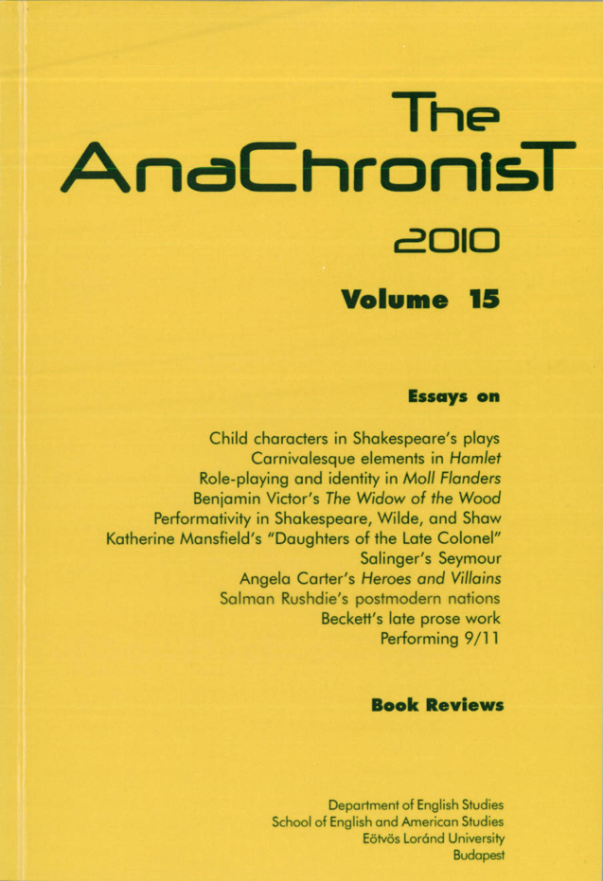Speaking Silence in 'The Daughters of the Late Colonel'
DOI:
https://doi.org/10.53720/LZPJ2002Abstract
Detachment from meaningful movement in time; the gradual development of history disrupted by absurdity and the cruelty of the First World War; the wasteland of European civilization and the reduction of individuals into ghastly numbers; human existence no longer firmly attached with regard to meaning: all this, in Modernist texts, translates into both scattered bits and conflicted yet meaningful juxtapositions. To use T.S. Eliot’s famous line, literature becomes a “heap of broken images” and all authors wish to express this disruption and deal with it in their own particular way. One of the direct representations of the inability of writers to cope with contemporary reality is the fragmentation of the text, often accompanied by the frequent use of ellipses. This is especially noticeable in the works of the New Zealand Modernist Katherine Mansfield; her short stories build on what is said as much as on what is left unsaid; they make use of empty spaces bearing meaning, speaking silence- all this requires an active reader, drawn into the creation of the story. This paper discusses Katherine Mansfield’s short story “The Daughters of the Late Colonel,” with an emphasis on the unexpressed, or implied, the use of ellipses and omissions; it analyzes their interactions with the content of the story; and concludes that what has been omitted is as important as what has been included.

